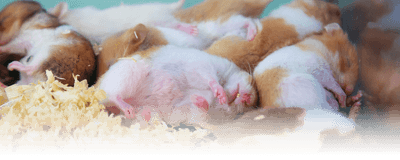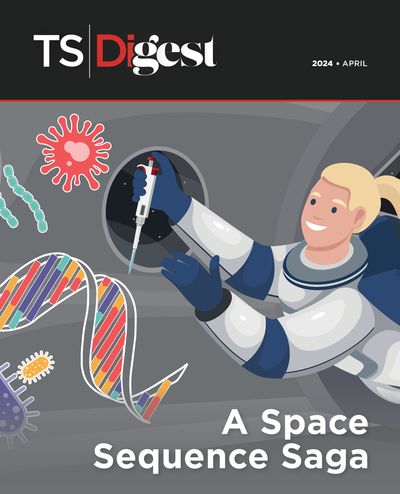Unveiling the Mysteries of Hibernation and Torpor
Neuroscientist Siniša Hrvatin explores how animals initiate and regulate states of dormancy.
The biology of how some mammals naturally enter dormant states has always fascinated Siniša Hrvatin, a neuroscientist at the Whitehead Institute. Now, his group explores how the brains of animals initiate and regulate torpor and hibernation, and how the cells of hibernators withstand colder temperatures.

How are hibernation and torpor defined?
During prolonged periods of food scarcity, many animals enter a state that helps them conserve energy by slowing down their metabolisms and dropping their body temperatures. This acute state is known as torpor. The entire period, which can last several months during which animals go in and out of torpor many times is called hibernation.
How does your team study these states?
We use mice to study torpor. These animals don’t hibernate seasonally, but they enter torpor when acutely fasted. We previously identified a population of hypothalamic neurons that regulate natural torpor in mice.1
More recently, we acquired Syrian hamsters, a laboratory animal model that hibernates. We plan to use them to study brain regions and neuronal populations that control hibernation. We also use in vitro approaches to study how cells from hibernators survive cold much better than cells from non-hibernators, a question we are investigating using tools such as genome wide CRISPR libraries.
What are the applications of studying such biological states?
Hibernation and torpor are amazing adaptations found in many organisms that are not so different from humans. We could learn from them and use some of the mechanisms that mediate how animals naturally enter these states to potentially improve various aspects of human life. For instance, understanding how hibernators switch between metabolic states could inform us about human metabolic diseases such as obesity. Additionally, we could apply the understanding of how these animals survive prolonged periods at low temperatures to situations where we need to preserve tissues, such as organ transplantation.
This interview has been condensed and edited for clarity.
- Hrvatin S, et al. Nature. 2020;583(7814):115-121.


